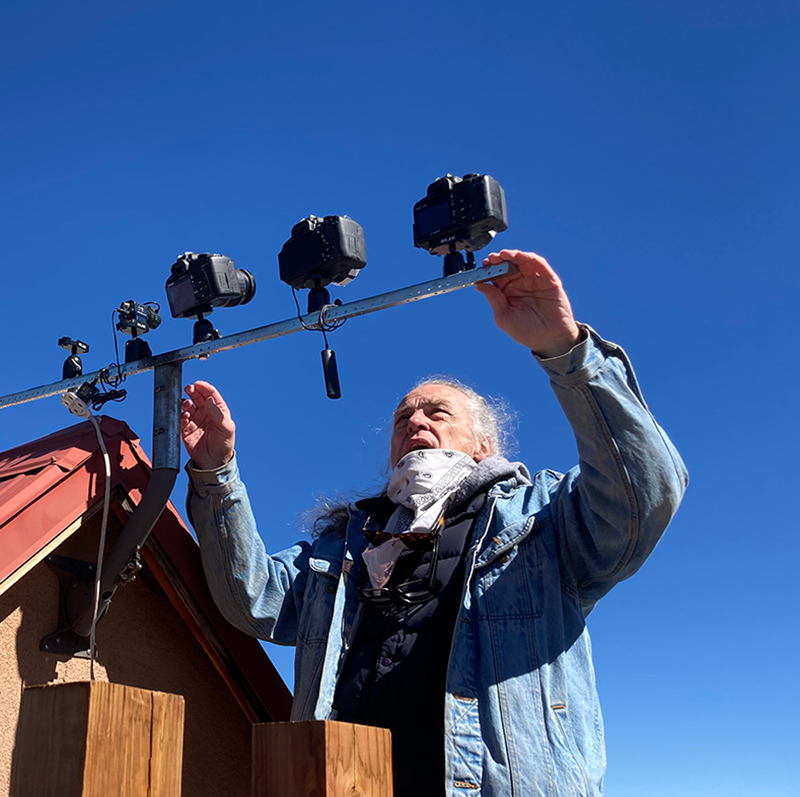
Thomas Ashcraft
NASA Citizen Scientist
McGill University, Montreal
Natural Philosophy
Thomas is an artist and sculptor who builds radio circuits to fuel his passion for radio astronomy (the study of natural radio emissions from objects in space).
In the 1990s, I became interested in radio astronomy and began self-teaching and learning on my own. It was slow going as I was living in rural New Mexico and away from technical people for the most part.
Fortunately, the internet was beginning to flower, and in the year 2001, I became aware of a NASA global outreach initiative called the Radio JOVE Project. The project made build-your-own radio kits available to schools and individuals. Although it was primarily focused on schools, anyone interested could join in. Through the project, I was mentored and learned how to build research-grade radio circuits and antennas, practice proper scientific data collection, and more. I learned about Jupiter's dynamism and its special Io-induced radio emissions.
One of the most thrilling events in my life was getting my first confirmation of successfully receiving Jupiter radio emissions on my own homebuilt telescope system. Twenty years later, it is still exciting for me to hear Jovian radio bursts coming out of the speakers and seeing Jupiter radio storms on the spectrograph. A lot of science has been produced along the way. And many of Jupiter's mysteries are still waiting to be solved.
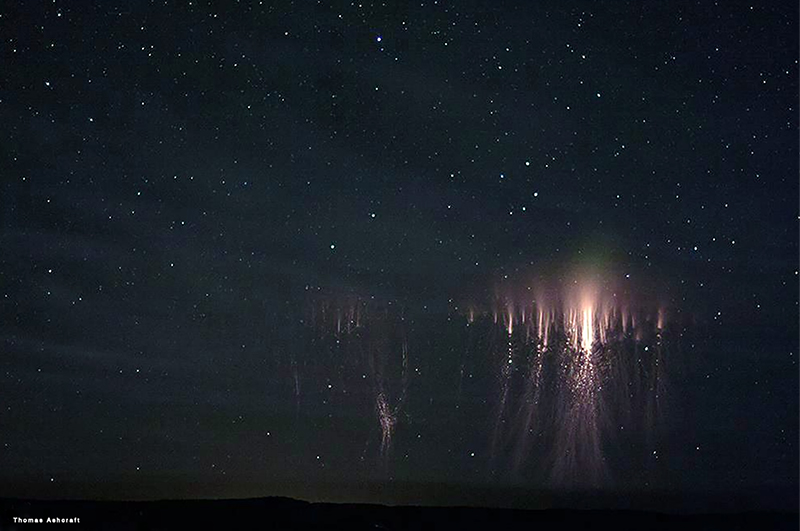
I have another life as an artist and sculptor, and this is how I support my scientific endeavors. I am building something I call The Sky and Culture Pavilion, where people can experience sensations from radio emissions from the Sun, space dust, meteoric fireballs, and other outer space phenomena. It is coming along.
I also intensively record and capture transient luminous events (lightning sprites) and other newly discovered mesospheric phenomena. It is cutting-edge science, and all my work is connected in complex ways.
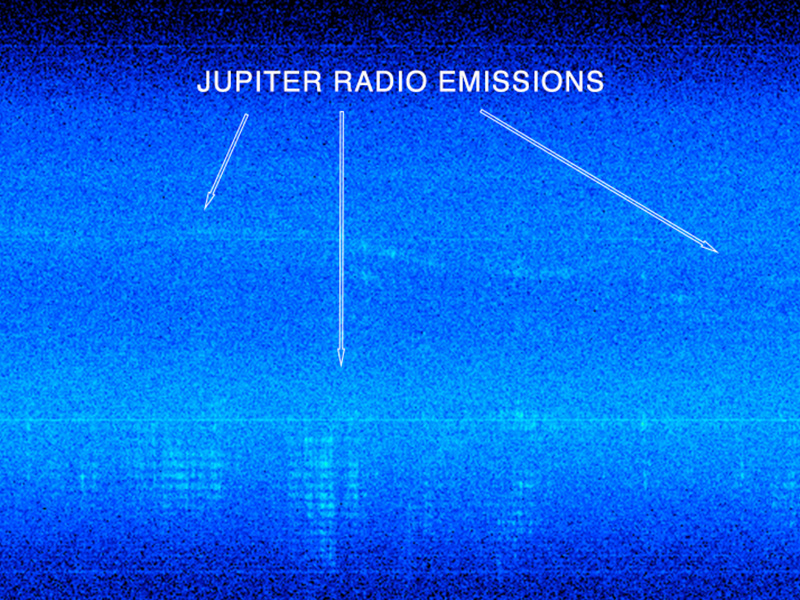
I have learned the value and necessity of producing impeccable data and the satisfaction of correlating and verifying with others. I've learned that cooperation and helpfulness are greatly rewarding and build a productive community.
I have also learned that discovery can come as a result of noting an anomaly in the observations that might have nothing to do with your primary subject. If you have the time and inclination to follow the anomaly, there just might be a discovery. Interestingly, although the observing target has been Jupiter, our group has noted a still unexplained signature in Earth lightning phenomena that appears often on our mutual spectrographs.
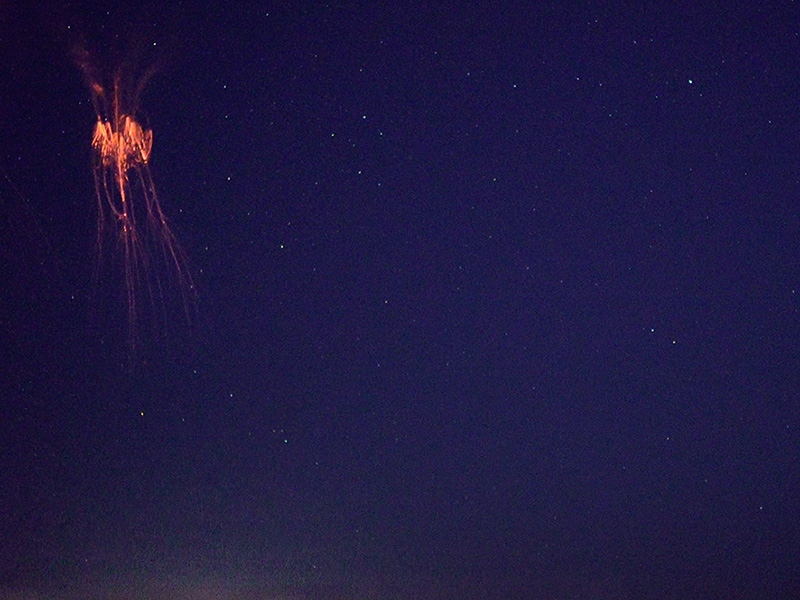
The paper, titled “Propagation Teepee: A Possible High-Frequency (15-30 MHz) Remote Lightning Signature Identified by Citizen Scientists,” is published in Geophysical Research Letters.
My role has been as an observer, capturer, and chronicler of this mysterious and as yet unexplained "teepee" phenomena. Our group is called Spectrograph Users Group (SUG), which is an advanced offshoot within the Radio JOVE Project. It observes 24/7 full time, and we compare our spectrograms for special patterns and mutual receptions.
I have learned to be persistent in the long endeavor. I have learned to be bolder in asking questions. And I have a credo in my laboratory, which is: Explore. Examine. Discover. Report. It is most important to have the follow-through to report the findings.
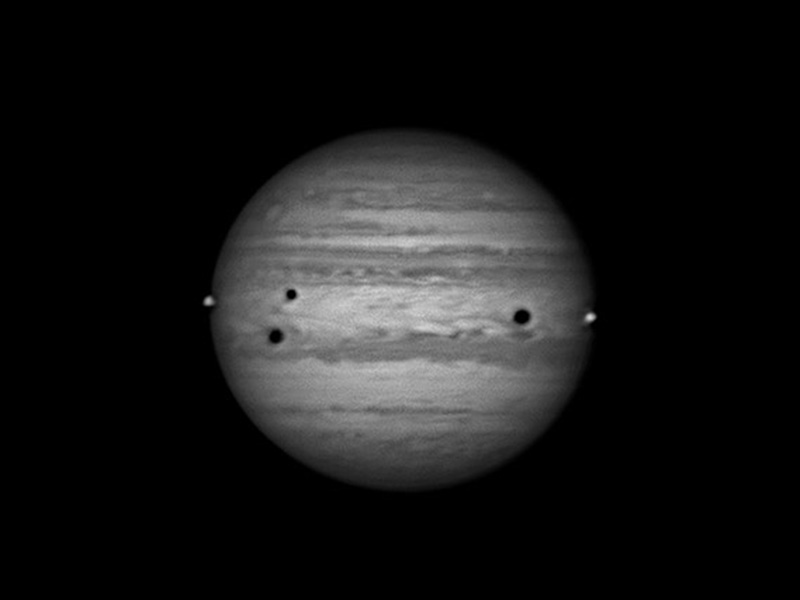
Go for it! Science gives purpose and meaning to life. Let it open up paths, and see where they lead over time. Learn a rigorous method, and share it with others around the world. You will be rewarded in many ways. We are friends together and citizens of the Earth and cosmos.
I am building a kinetic sculpture called The Jupiter Twitch, which responds to Io-induced Jovian radio emissions in the sky as captured by the radio telescope.
I am also manifesting a "jupebox" of audio from some of the great Jupiter storms I have captured over the years.
I actually spend a lot of time on my projects daily, and I enjoy it. I extract data from my various telescopes, optical and radio, and report anything interesting to my colleagues over the internet. If something is significant, I put out an alert that might be time-sensitive, like an anomalous Jupiter storm or a solar X-class flare in progress. My instruments run 24/7, and I am often lucky to be in the observatory when something special happens.
I have always been interested in astrobiology, symbiosis, things like bacteriophages, and the radio-panspermia hypothesis. The collision of Jupiter with Comet Shoemaker-Levy 9 in 1994 was, and still is, mind-blowing. I believe that we as humans share a common mind with all of nature.
Planetary science is a global profession.

